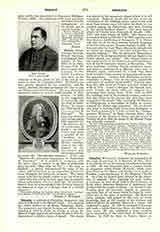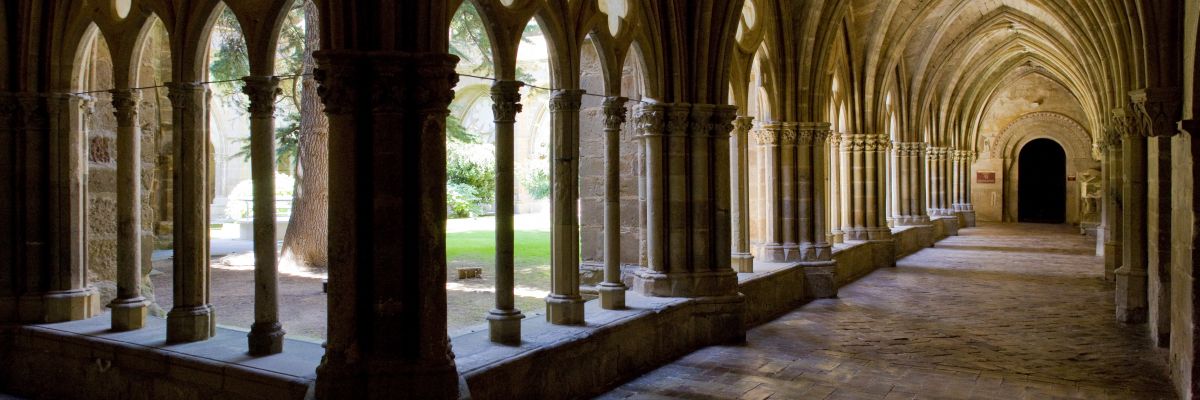

Voruela, a celebrated Cistercian monastery and church dedicated to the Blessed Virgin. It is situated five miles northwest of Borja, Saragossa, Spain. The monastery and church, forming one edifice, were founded in 1146 by Pedro de Atares, to whom the Blessed Virgin appeared, and whom she directed in the discovery of a hidden statue of herself. The statue was placed in the monastery chapel, where it is still venerated. Pedro de Mares did not live to see the completion of the buildings, whose construction took more than twenty years, but before his death he was enrolled among the Cistercians, who were dwelling in the partly-finished cloister. The most famous abbots of Veruela were Fernando de Aragon (1498-1577) and Lope Marco (d. 1560). The former was nominated abbot by Charles V in 1537, and two years later became Archbishop of Saragossa; V. la Fuente calls him one of the most eminent Spanish clergymen of the sixteenth century (Espana Sagrada, L, 223). He was succeeded by Lope Marco who, as his epitaph tells us, raised the monastery “ex terreo marmoreum, ex angusto amplum”. But his grotesque Renaissance addition of the living apartments did not improve the Gothic church and cloister. The chapter house at the southern side of the cloister, an exact representation of the Westminster cloister, is Byzantine. The great buildings, including church, monastery, house, and cloister, constructed at different times and in different styles, surrounded by a wall that dates back to feudal times, present an imposing and beautiful appearance. Antonio Jose Rodriguez, styled by Menendez y Pelayo “one of the most remarkable cultivators of medical moral studies” (Ciencia espanola, III, 440), lived at Veruela and died within its walls in 1777. Gustavo Becquer, the Spanish poet, made Veruela his abode while the religious were prevented from living there. From 1835 to 1877 the buildings were in the hands of seculars, and from this date down to the present day they have been occupied by the Jesuits, who, assisted by the Duchess of Villahermosa, a descendant of Pedro de Atares, restored the church and monastery. Of the Jesuits who lived at Veruela Padre Costa was theologian to the Vatican Council; L. I. Fiter revived the “Congregaciones Marianas” in Spain; Antonio Rota, now secretary of the Society of Jesus, was the rector of Veruela when in 1888 the image of the Blessed Virgin was solemnly crowned.
WILLIAM FURLONG


